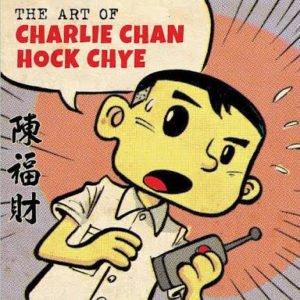North Dakota in the United States has legislation which specifically allows flying drones used for policing to be equipped with Tasers, pepper spray and rubber bullets. This is not new thinking. Comic books both in the US and Japan have long considered militarised robots, although ordinarily on a gargantuan scale for visual effect. (For the purposes of this discussion, we exclude “mecha” and other forms of exoskeletons, like “Iron Man”, “Gundam”, and “Neon Genesis Evangelion”).
In US comic books, most robots tend to be opponents to altruistic superheroes. Here is the schematic for a Sentinel, a mutant hunting robot most often seen in Marvel Comic’s “Uncanny X-men” titles:

This giant robot is described as evolving in the future into a smaller, more lethal version, called “Nimrod”:

As an adversary to superheroes, such robots are usually fodder for destruction. The fictional management of the Sentinel program would surely be frustrated by the robots’ poor win-loss ratio and the very low death toll.
Another Marvel Comics’ character property, a giant roboto called Ultimo, depicted below, faces a similarly poor record, usually in battling the superhero Iron Man.
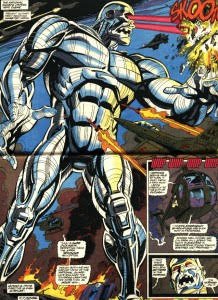
The other major US comic book publisher, DC Comics, also ordinarily deploys giant robots as adversaries for superheroes. Below are a giant Joker robot recently appearing in the pages of “Detective Comics” #44 (2015) (and which did not last long) , a giant robot created by Superman’s foe The Toyman (“Superman/Batman” #5, 2013), and a giant robot fighting the Justice League from 2011.
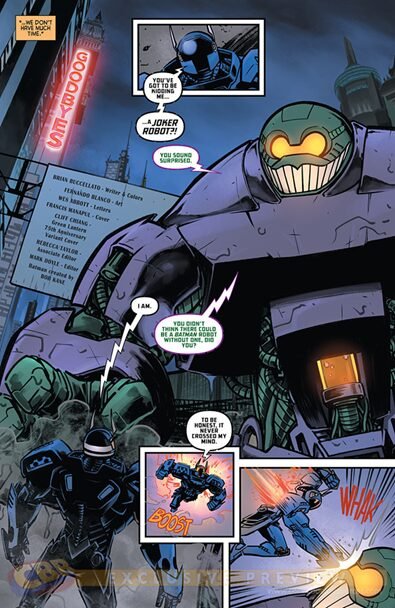
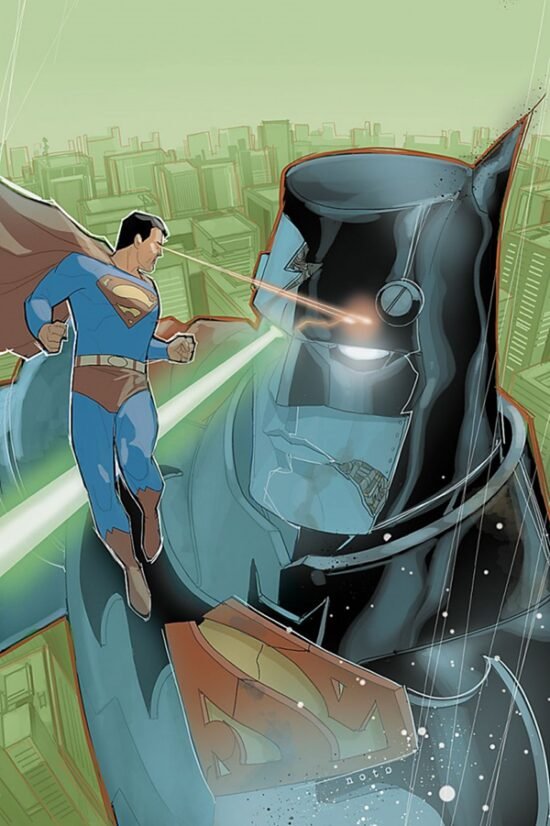
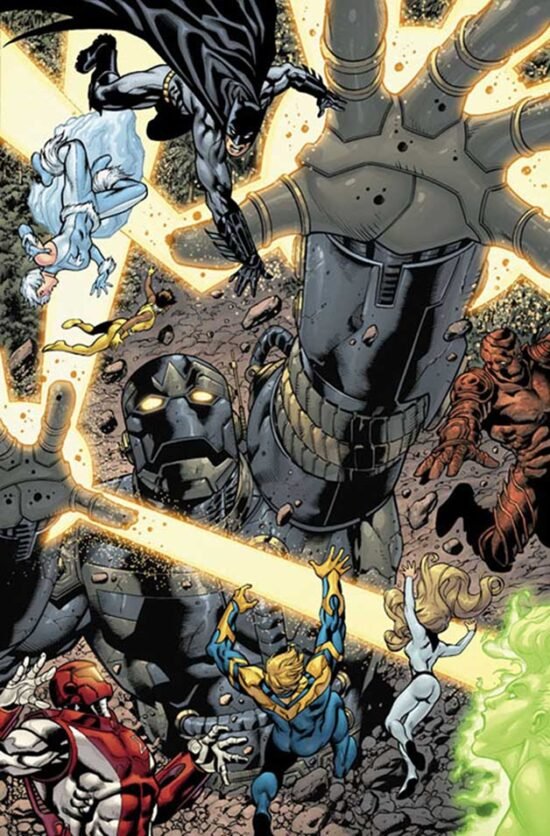
DC Comics also have a propensity to deploy giant Nazi robots as enemies to their super heroes (“Batman: Confidential” #36, 2009; and the “Uberbot” from “Justice League International” #48, 1991):
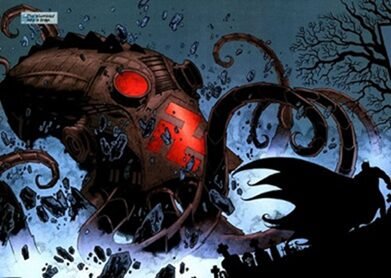
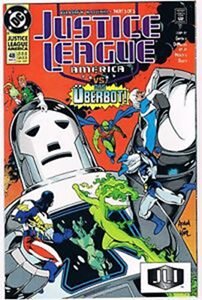
Giant robots in Japan tend to fight for good instead of evil, and as such have a longer shelf-life. Testujin 28-go, featured below, first appeared in 1956.
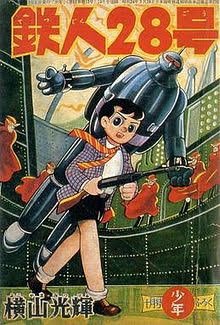
Perhaps the best known giant robot in Japanese manga is Mazinger Z, first appearing in “Weekly Shonen Jump” in 1972.

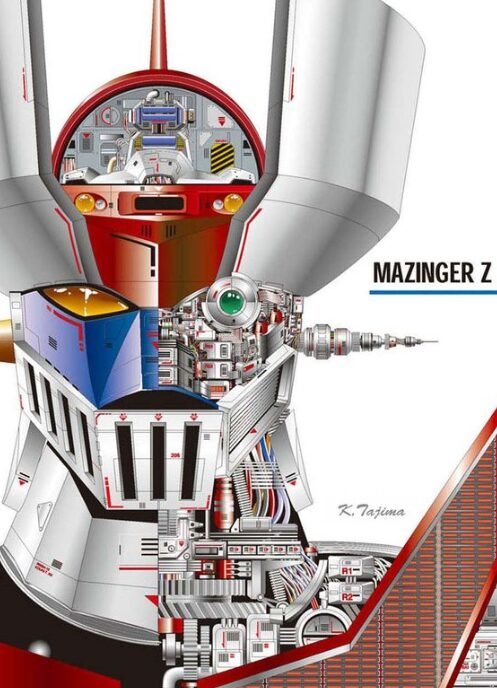
Perhaps the best known giant robots are “Transformers”, a collaboration between American toy company Hasbro and Japanese toy company Takara Tomy. Better known as an animated cartoon, the “Transformers” properties started their media existence as a comic book published by Marvel Comics in 1984.
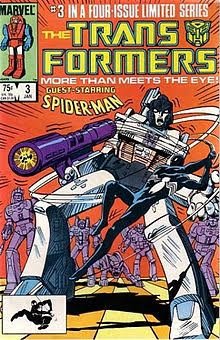
These are giant robots, but are sentient alien giant robots: hardly an off-the-shelf product produced in a standard fictional military military lab being sold as surplus for you to theorectically buy online using PayPal. In addition, the publisher pedigree of these robots is American by a strict interpretation only: Takara Tomy is a very long-standing Tokyo-based toy company which was one of the original partners in the creation of the franchise.
Our recommendation therefore remains: rather than buy a giant robot destined to be destroyed in a fireball at the hands of an American cape-wearing do-gooder, buy a Japanese giant robot with a track record of fighting enormous monsters.

